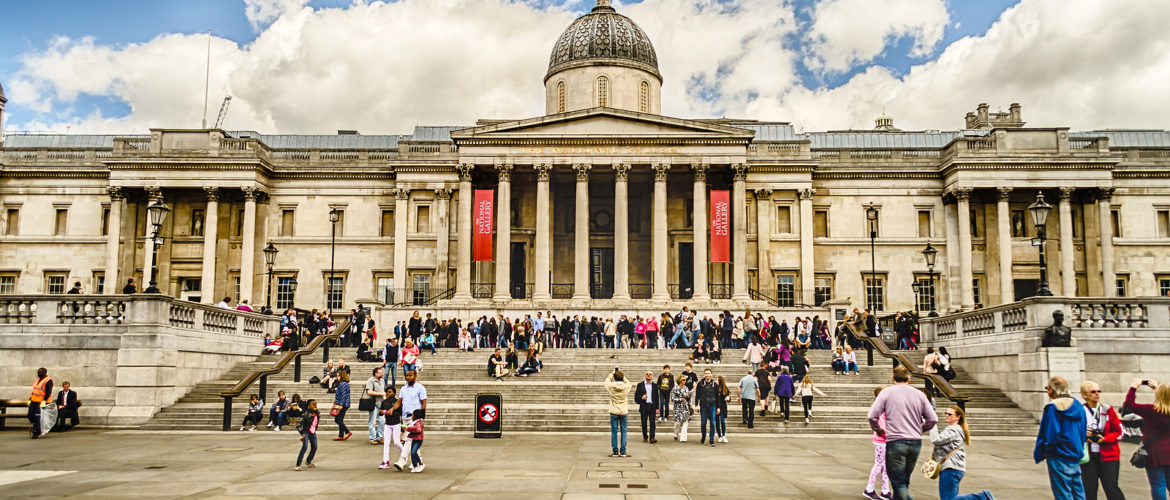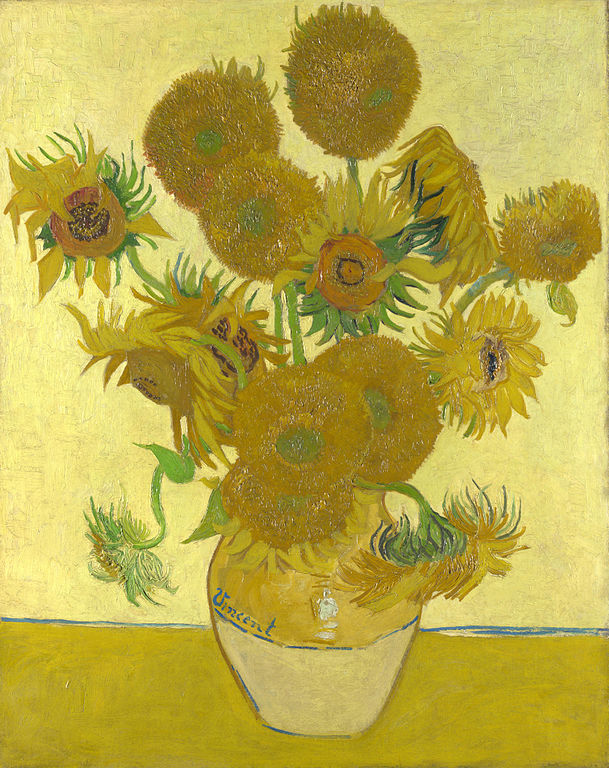Van Gogh’s “Sunflowers” Under Attack by Climate Activists

Celebrated paintings and cultural institutions often become the targets of climate activists who organize attention-grabbing protests. For example, the Rijksmuseum in Amsterdam was recently forced to close its doors because of eco-activists who paralyzed its functioning.
On September 27, another ambiguous campaign took place in the National Gallery in London, which is home to thousands of valuable oil paintings from all over the world. This time, van Gogh’s “Sunflowers” came under attack. Activists spilled bright yellow soup on the masterpiece by the Dutch painter, which was, luckily, held behind the glass. No damage was inflicted, but the protesters were detained on suspicion of causing criminal damage.
Why Did Climate Activists Attack the Masterpiece?
The action was aimed at drawing attention to a two-year jail term given to two other protesters who had thrown soup over “Sunflowers” in 2022. The harsh punishment was due to the painting’s damage, which was estimated to cost £10,000. The judge who issued the sentence strongly condemned the action and emphasized that the activists had no right to target the famous piece of art.
This year’s campaign was again held by climate activists who are members of the Just Stop Oil group. It is known for ambiguous public campaigns aimed at raising awareness about fossil fuel-related climate change and demanding political action to mitigate its consequences. Specifically, they demand discontinuing the use of oil and gas, which are known to contribute to global warming.
Questionable Approaches

However, skeptics counter that no real effect can be achieved by damaging or attempting to damage the works of art. They insist that radical, disruptive action is often accompanied by negative connotations that simply cannot gather enough public support to be meaningful. As such, they are more likely to alienate the public rather than mobilize it.
Besides, attacks on paintings are one-time events that can hardly change the way people think about climate change or modify their behaviors. Museums are understandably the greatest critics of such events because eco-activists paralyze their daily activities and can cause significant financial losses, let alone irreparable loss to the global cultural heritage.
